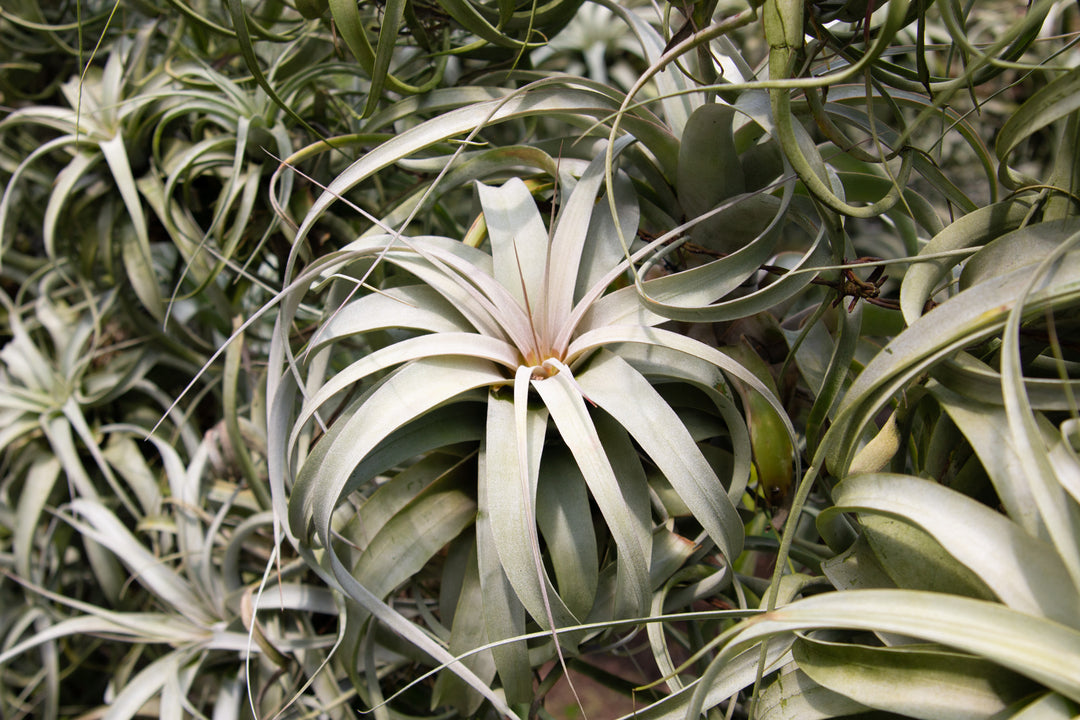
Growing Tillandsia Xerographica By Seed
The ever-so-popular Tillandsia xerographica [pronounced: zero-grafika] is a favorite among air plant collectors, hobbyists and novices alike. With its unique round shape boasting thick, silvery curling leaves and bright orange blooming spikes, it is no wonder this species of air plant has been in high demand and frequently exported from Central America since the 1980s. However, due to former unregulated trade, the Xerographica plants were originally harvested from their natural habitats in the arid lowlands of Guatemala and Southern Mexico consequentially causing them to almost become extinct. It wasn’t until 1994 that the Tillandsia Xerographica species was declared endangered by the Convention of International Trade in Endangered Species of Wild Fauna and Flora (CITES) after agricultural officials in the Netherlands were alerted of a suspicious shipment from Guatemala.

Lucky for air plant lovers, CITES has allowed farmers to propagate the Xerographica plants due to the necessity to reproduce the endangered species. Following strict guidelines, farms have been able to produce increasing quantities of the plant since the early 2000s. One requirement of propagation farming is to keep a certain number of offsets (commonly and endearingly referred to as pups) to grow into future mother plants. CITES frequently checks the certified growers to ensure the farms are not over-selling the Xerographica plants so that there are enough mothers for the future generations.

In addition to the propagation of offsets (asexual reproduction), Xerographica plants can also be grown from seeds (sexual reproduction). Propagation has traditionally been the preferred method due to its reliability and quick turnover as the pups only take a couple of years until they are ready for sale. Until the past decade, sexual reproduction through seeds has been considered too difficult as plants may take 8 or more years from germination to a full grown “large” plant of about 8 inches in diameter. However, farming Xerographica plants from seeds does have its advantage over propagation as it increases both genetic diversity and the number of plants on the farms whereas growing offsets only will just provide copies of the mother plants which could lead to an overall weaker plant stock.

The process of growing Xerographica from seeds is arduous and requires time, patience and large investment in both greenhouse infrastructure and workers. In addition to waiting for the plants to bloom to cross pollinate, farmers must also scope out the Xerographica that are producing seeds since not all of them will. Once the seeds are gathered, they are prepared on wind screen material to begin the germination process. After four or five years, hardy seedling Xerographica plants will form and show a regular adult shape but at a much smaller size.
Thanks to air plant farms that invest in the meticulous process of hand pollination to grow genetically diverse Xerographica from seeds, air plant enthusiasts can enjoy the species for generations to come! Here at Air Plant City, we are committed to farming Tillandsia ethically and sustainably. We follow the appropriate regulations and support farms and farmers who do the same. Shop our Xerographica seedlings here.


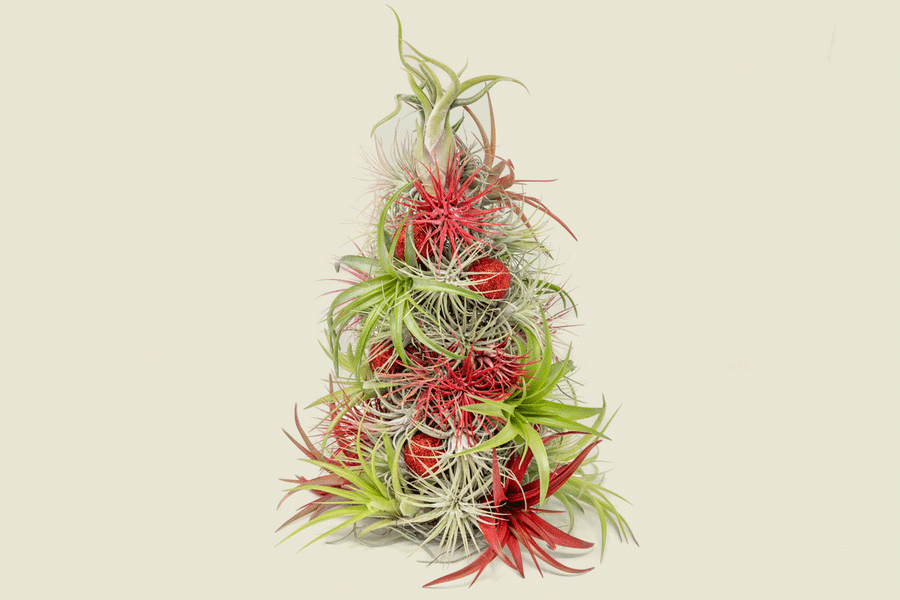
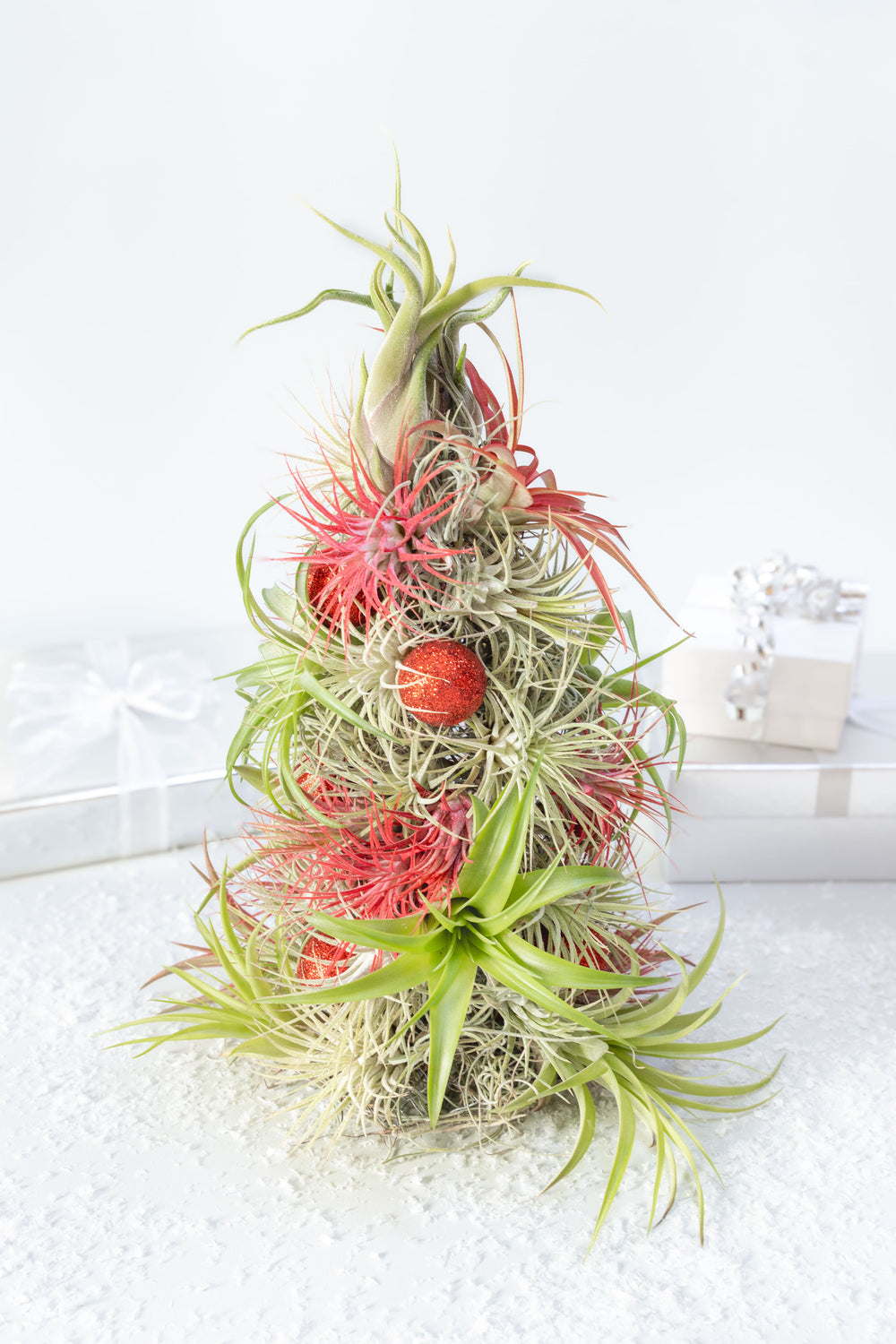
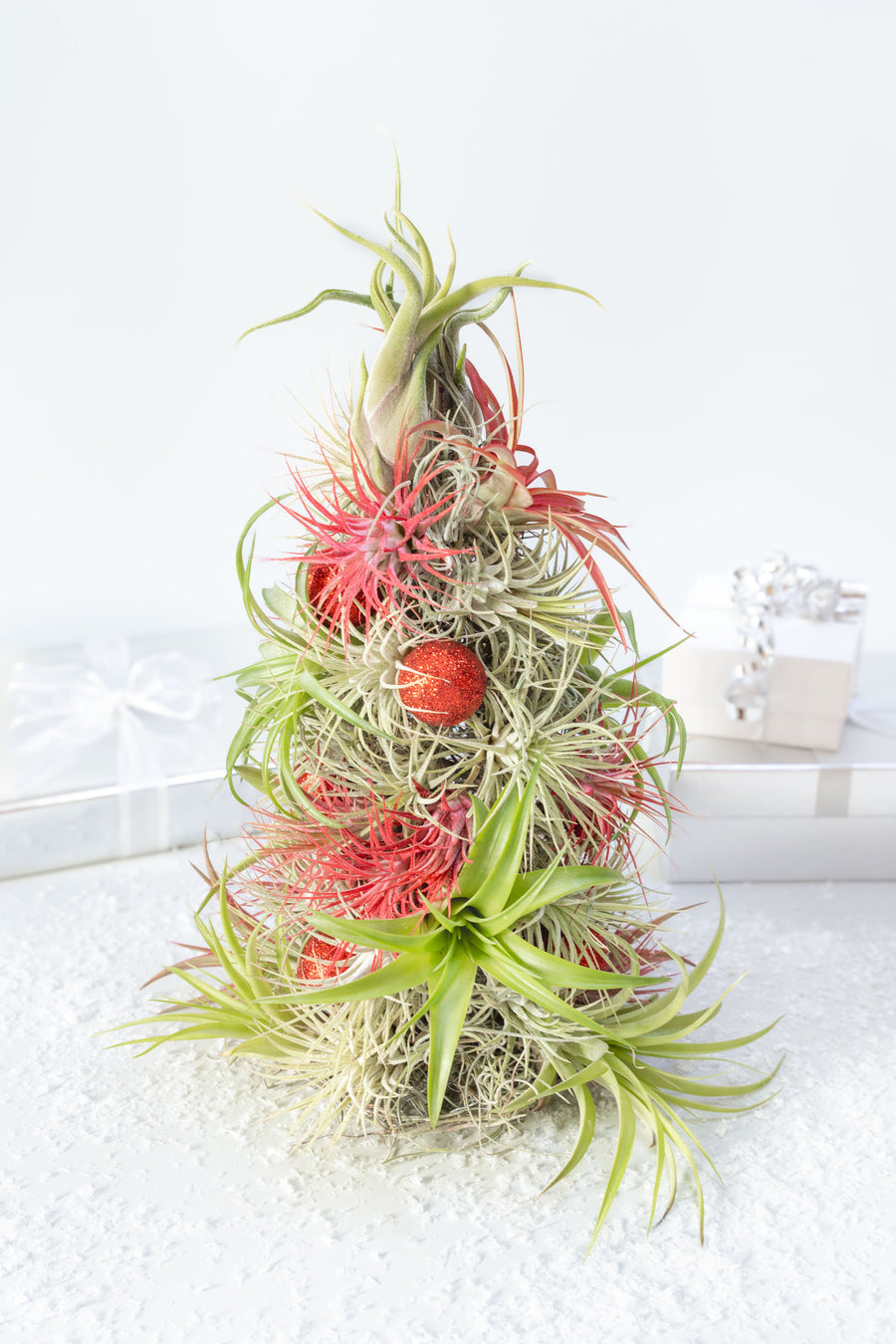
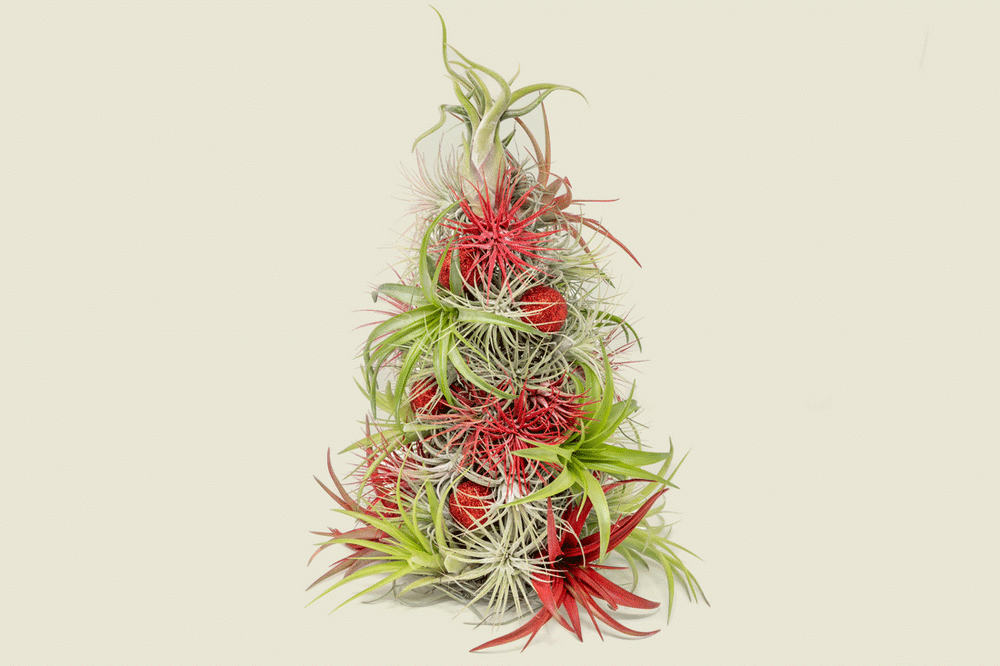


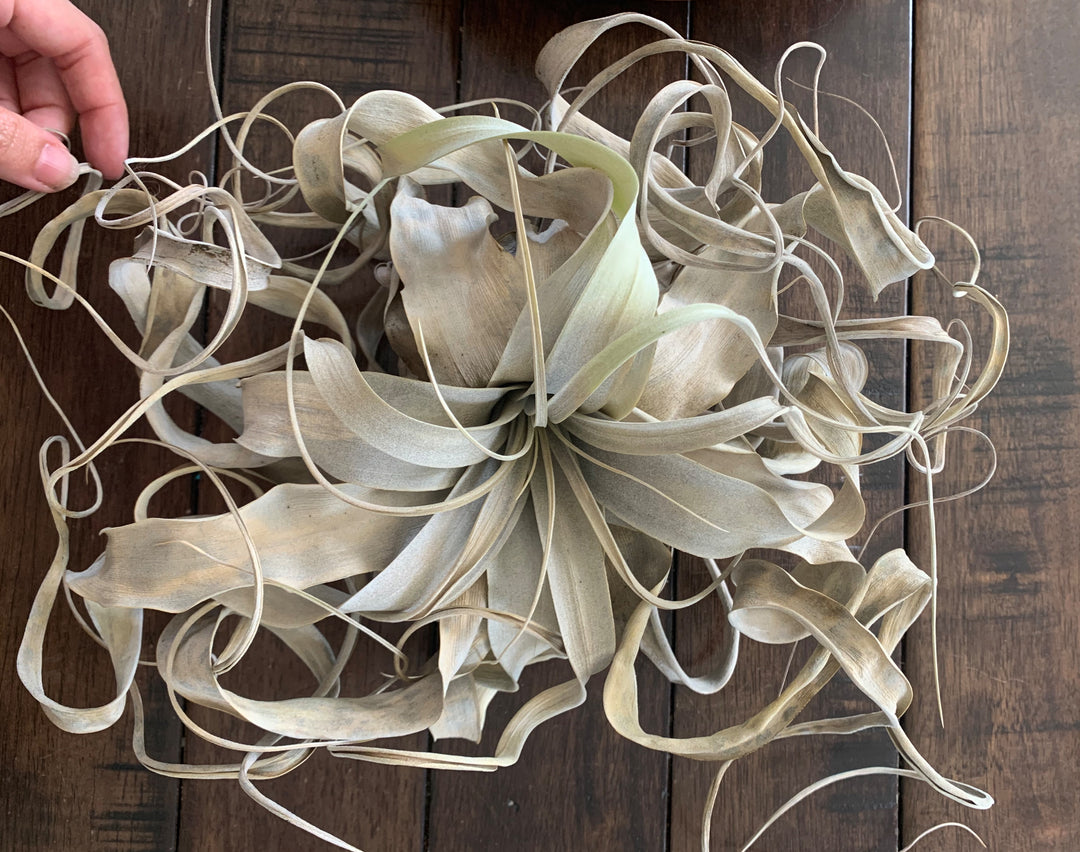
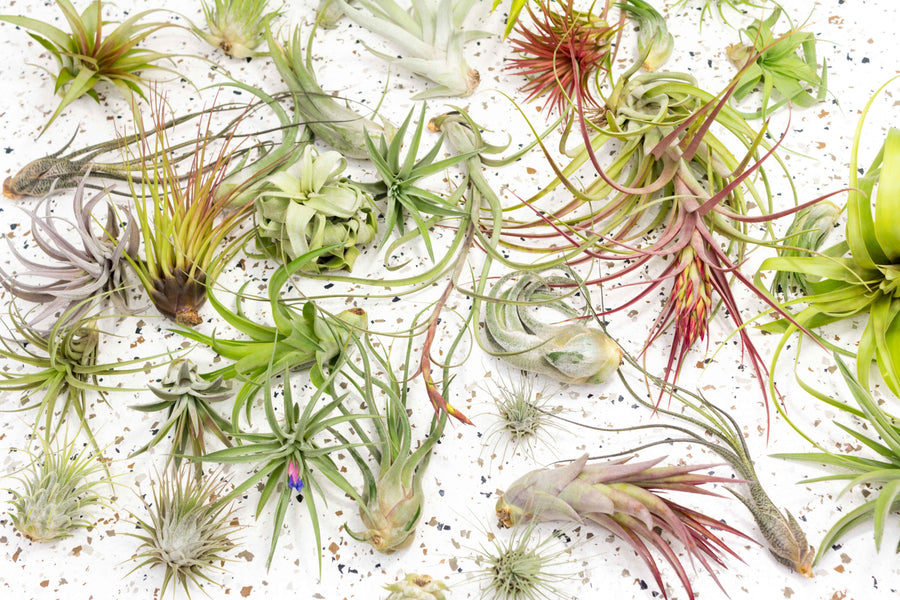
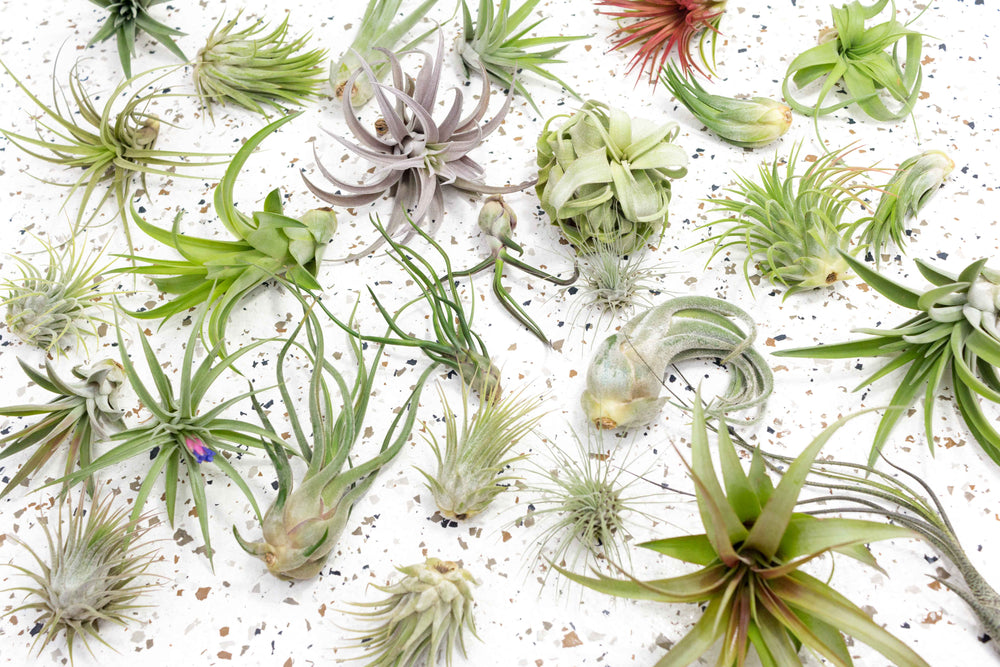
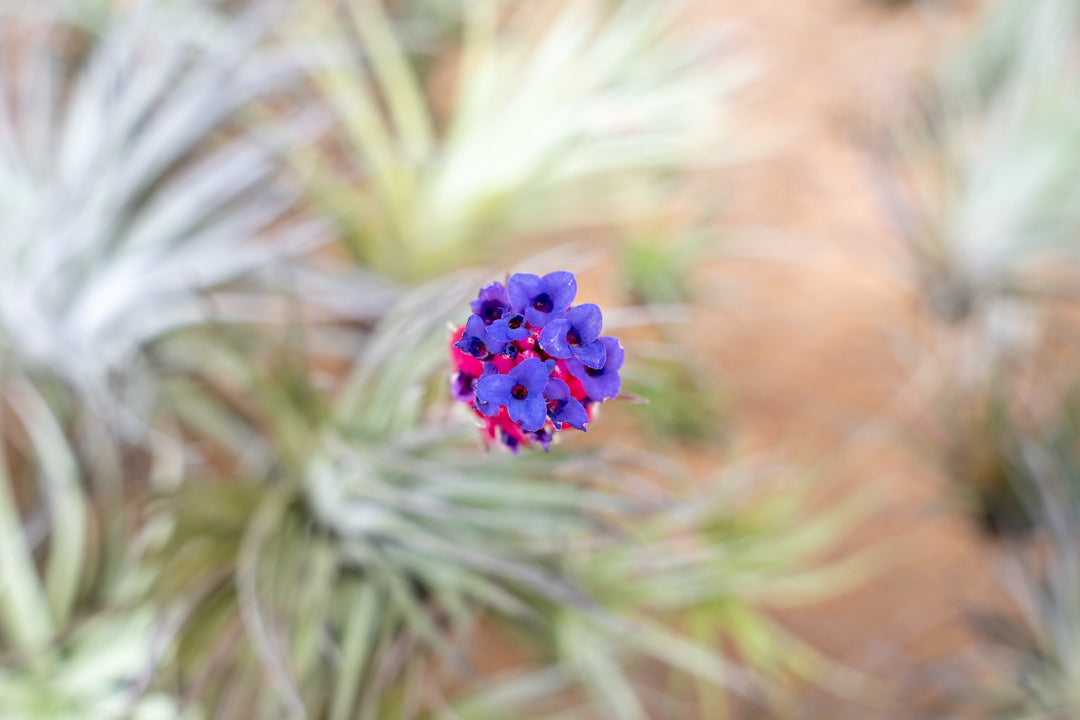
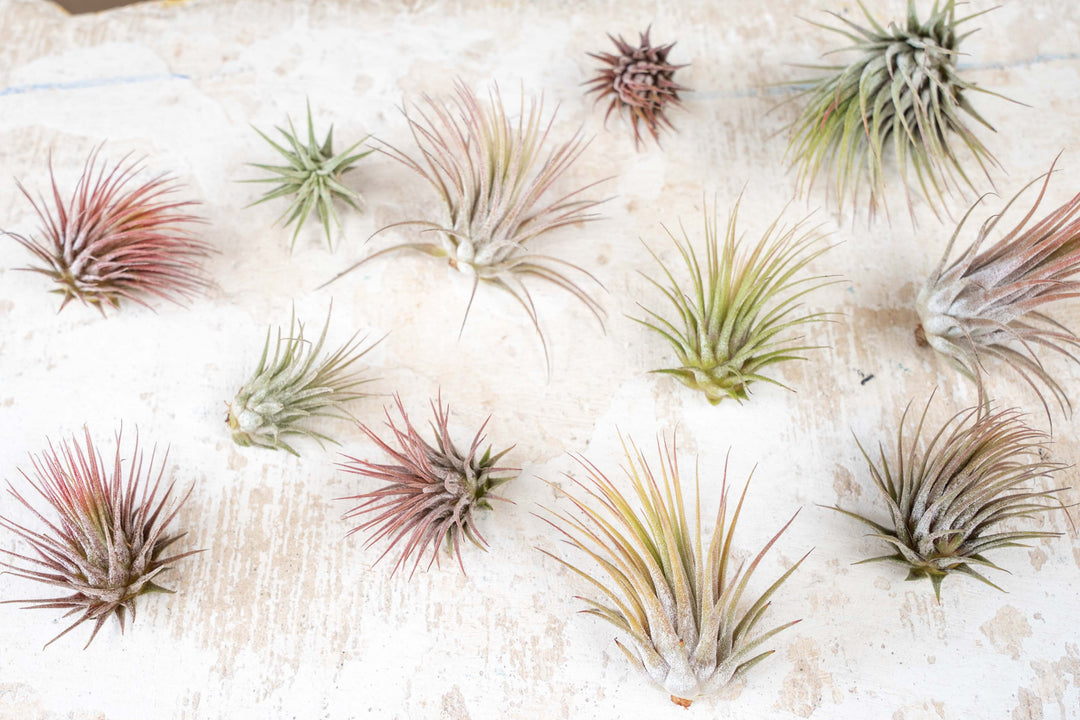
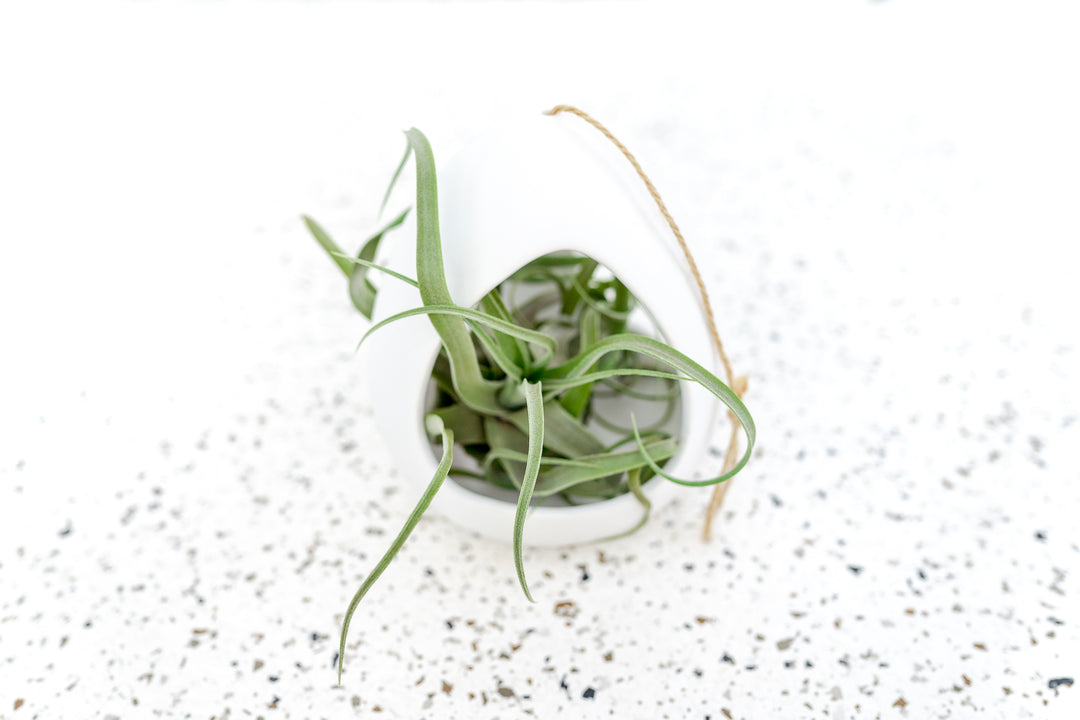
Leave a comment